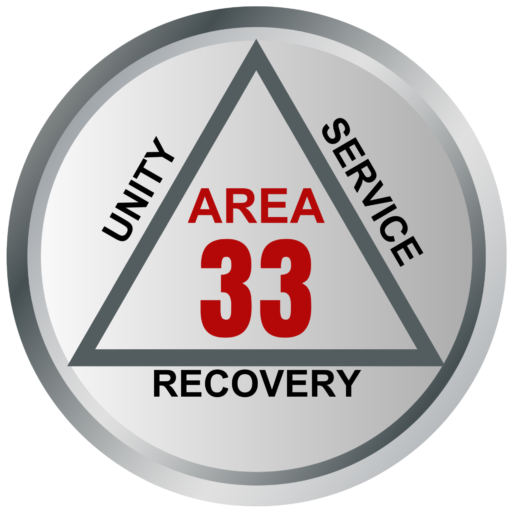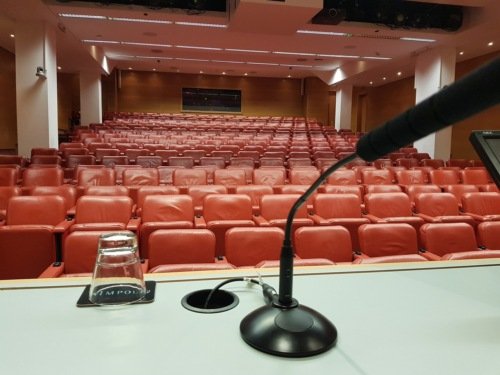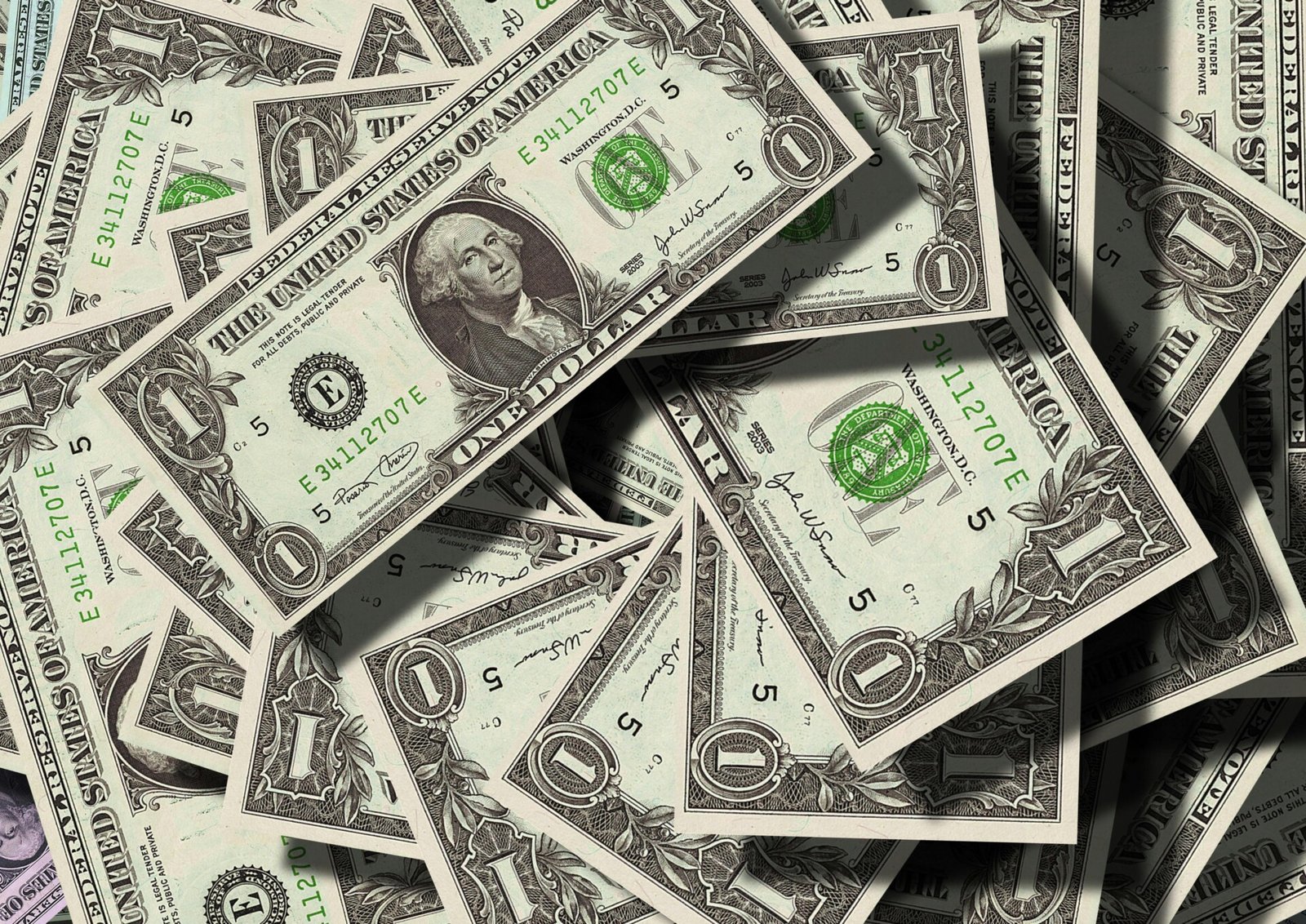Bill Griffith Wilson Founder of Alcoholics Anonymous

Bill Griffith Wilson was born on November 26, 1895, in East Dorset, Vermont. His parents were Emily (née Griffith) and Gilman Barrows Wilson, He was born at his parents’ home and business, the Mount Aeolus Inn and Tavern. His paternal grandfather, William C. W., was an alcoholic who never drank after a conversion experience on Mount Aeolus. Both of his parents abandoned him as a child. His father never returned from a purported business trip. His mother left to study Osteopathic Medicine. Bill and his sister were cared for by their maternal grandparents, Fayette Griffith and Ella Griffith, in their house. As a teen, Bill showed determination, once spending months designing and carving a working boomerang. After initial difficulties, Bill became the school’s football team’s captain and the principal violinist of its orchestra. Bill also underwent a serious depression at the age of seventeen following the death of his first love, Bertha Bamford, from complications of surgery.
Bill met his wife Lois Burnham during the summer of 1913, while sailing on Vermont’s Emerald Lake. Two years later the couple became engaged. He entered Norwich University, but depression and panic attacks forced him to leave during his second semester. The next year he returned, but was soon suspended with a group of students involved in a hazing incident. The entire class was punished since none of the students would take responsibility nor would they identify the perpetrators.
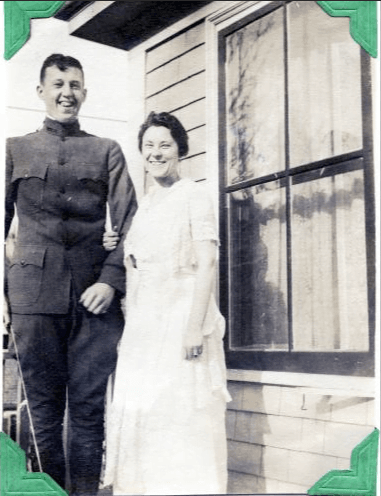
The June 1916 incursion into the U.S. by Pancho Villa resulted in Bill’s class being mobilized as part of the Vermont National Guard and he was reinstated to serve. The following year he was commissioned as an artillery officer. During military training in Massachusetts, the young officers were often invited to dinner by the locals. Bill had his first drink, a glass of beer, to little effect. A few weeks later at another dinner party, Bill drank some Bronx cocktails. He felt at ease with the guests and liberated from his awkward shyness; “I had found the elixir of life,” he wrote. “Even that first evening I got thoroughly drunk, and within the next time or two I passed out completely. But as everyone drank hard, not too much was made of that.”
Bill married Lois on January 24, 1918, just before he left to serve in World War I as a 2nd Lieutenant in the Coast Artillery. After his military service, Bill returned to live with his wife in New York. He failed to graduate from law school because he was too drunk to pick up his diploma. Bill became a stock speculator and had success traveling the country with his wife, evaluating companies for potential investors. (During these trips Lois had a hidden agenda: she hoped the travel would keep Bill from drinking.) However, Bill’s constant drinking made business impossible and ruined his reputation.
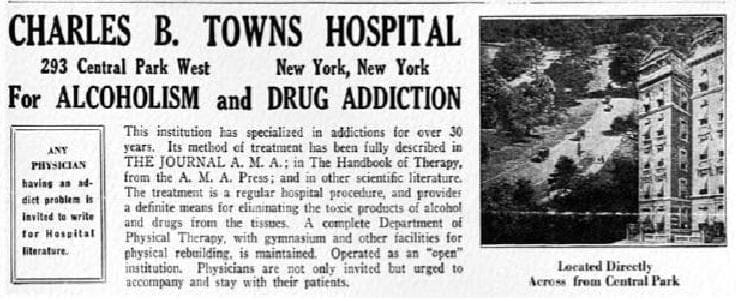
In 1933 Bill was committed to the Charles B. Towns Hospital for Drug and Alcohol Addictions in New York City four times under the care of Dr. William D. Silkworth. Silkworth’s theory was that alcoholism was a matter of both physical and mental control: a craving, the manifestation of a physical allergy (the physical inability to stop drinking once started) and an obsession of the mind (to take the first drink). Bill gained hope from Silkworth’s assertion that alcoholism was a medical condition rather than a moral failing, but even that knowledge could not help him. He was eventually told that he would either die from his alcoholism or have to be locked up permanently due to Wernicke encephalopathy (commonly referred to as “wet brain”).
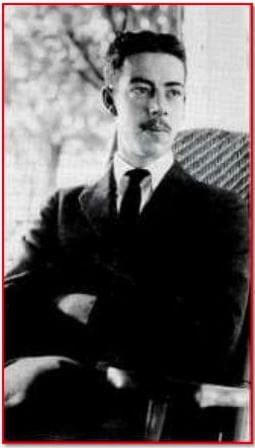
In November 1934, Bill was visited by an old drinking companion Ebby Thatcher. Bill was astounded to find that Ebby had been sober for several weeks under the guidance of the evangelical Christian Oxford Group. Bill took some interest in the group, but shortly after Ebby’s visit, he was again admitted to Towns Hospital to recover from a bout of drinking. This was his third and last stay at Towns hospital under Doctor Silkworth’s care. Bill showed signs of delirium tremens. It was while undergoing treatment with The Belladonna Cure that Bill experienced his “Hot Flash” spiritual conversion and quit drinking. Earlier that evening, Ebby had visited and tried to persuade him to turn himself over to the care of a Christian deity who would liberate him from alcohol. According to Bill, while lying in bed depressed and despairing, he cried out, “I’ll do anything! Anything at all! If there be a God, let Him show Himself!” He then had the sensation of a bright light, a feeling of ecstasy, and a new serenity. He never drank again for the remainder of his life. Bill described his experience to Dr. Silkworth, who told him, “Something has happened to you I don’t understand. But you had better hang on to it”.
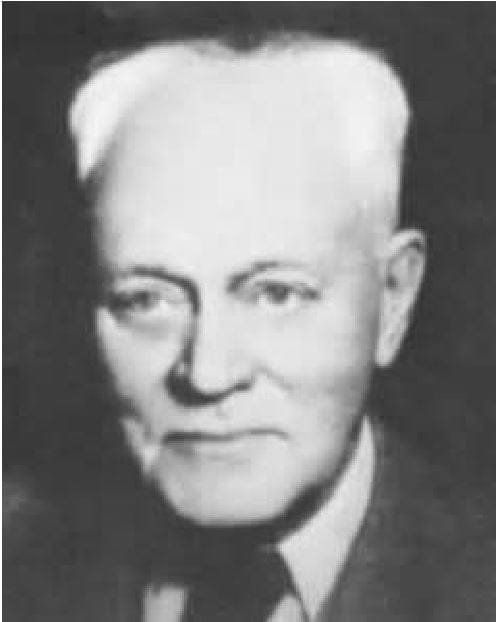
Bill joined the Oxford Group and tried to help other alcoholics, but only succeeded in keeping sober himself. During a failed business trip to Akron, Ohio, Bill was tempted to drink again. He decided that to remain sober he needed to help another alcoholic. He called phone numbers on a church directory and eventually secured an introduction to Dr. Bob S., an alcoholic Oxford Group member. Bill explained Doctor Silkworth’s theory that alcoholics suffer from a physical allergy and a mental obsession. Bill shared that the only way he was able to stay sober was through having a spiritual experience. Dr. Bob S was familiar with the tenets of the Oxford Group and upon hearing Bill’s experience, “began to pursue the spiritual remedy for his malady with a willingness that he had never before been able to muster. After a brief relapse, he sobered, never to drink again up to the moment of his death in 1950”. Bill and Dr. Bob S began working with other alcoholics. After that summer in Akron, Bill returned to New York where he began having success helping alcoholics in what they called “a nameless squad of drunks” in an Oxford Group there.
Being a lifelong friend of his sponsor Ebby, Bill was quite acquainted with Ebby’s family, especially his brother Thomas. Thomas and Bill shared a common interest in the stock market. Thomas was first employed in New York then in Detroit, so Bill made a few trips to Detroit in the years of 1936/1937 staying at the Book-Cadillac Hotel.
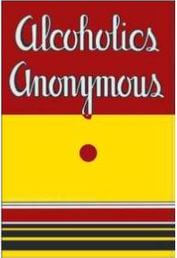
In 1937, one Sunday Bill and Lois failed to attend an Oxford meeting and they were frowned upon for failing to be there. This left a bad feeling between Bill and the New York group of members. Bill decided it was time for the former drunks to begin a break-away from the group and stand on their own. In the fall of 1937 Bill traveled to Detroit then Cleveland and finally to Akron to convince fellow alcoholics that they needed to make the break if they were to be successful in creating a program of recovery from alcoholism.
In 1938, after about 100 alcoholics in Akron and New York had become sober, the fellowship decided to promote its program of recovery through the publication of a book, for which Bill was chosen as primary author. The book was given the title Alcoholics Anonymous and included the list of suggested activities for spiritual growth known as the Twelve Steps. The movement itself took on the name of the book. Later Bill also wrote the Twelve Traditions, a set of spiritual guidelines to ensure the survival of individual AA groups. The AA general service conference of 1955 was a landmark event for Bill in which he turned over the leadership of the maturing organization to an elected board.
